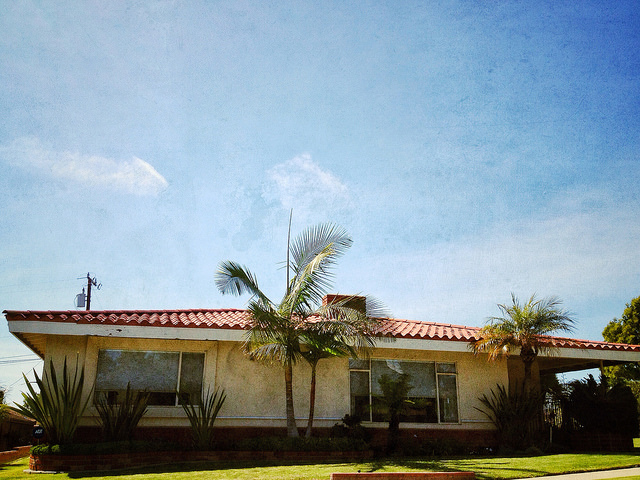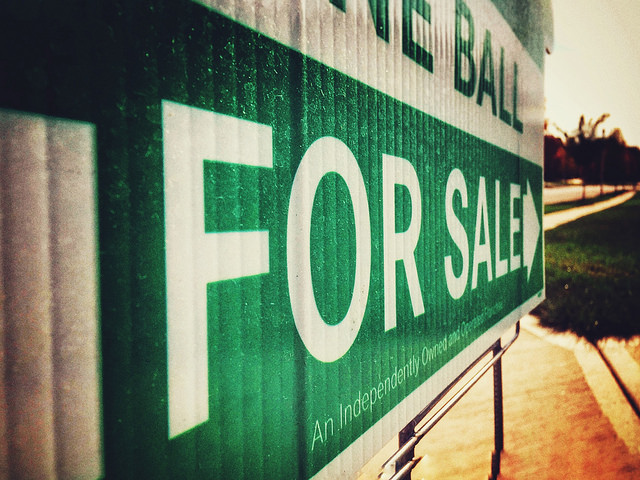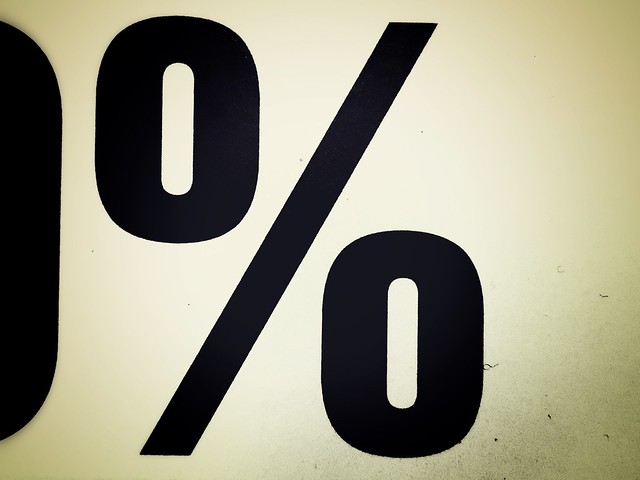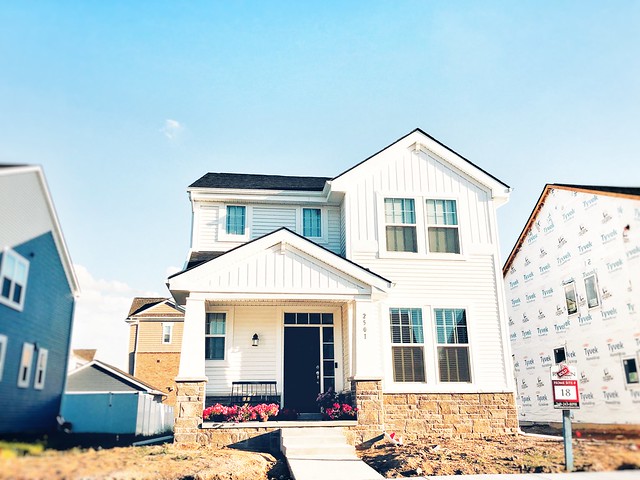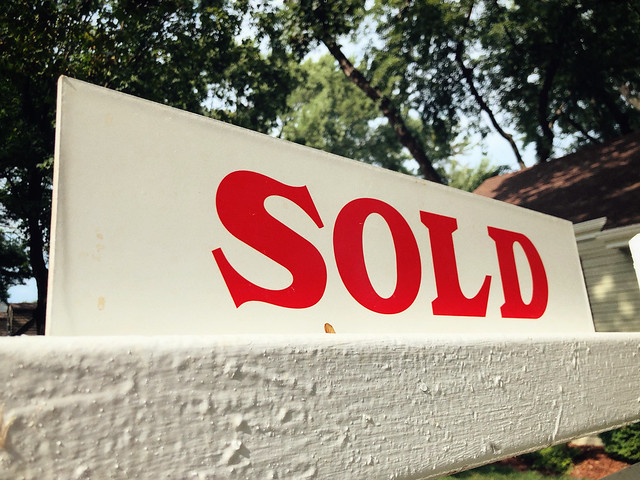Everybody’s had buyer’s remorse at one time or another. It’s a fairly common phenomenon. It’s especially common among home buyers. After a such a large financial transaction, it’s hard not to look back and wonder what you could have done differently. But what about sellers? Do they also have regrets? Well, according to one new analysis, the answer is yes. Recent home sellers were just as likely to express regret after closing on the sale of their house as buyers. In fact, the vast majority said they had some regrets. The report found 84 percent of recent sellers said they’d change something about the sale of their house if they could do it over again, and 49 percent said they didn’t get everything they wanted out of the experience. That’s a significant share. The top regret among sellers, of course, was wishing they’d priced their home differently – not doing enough to prep their home came in second. (source)




